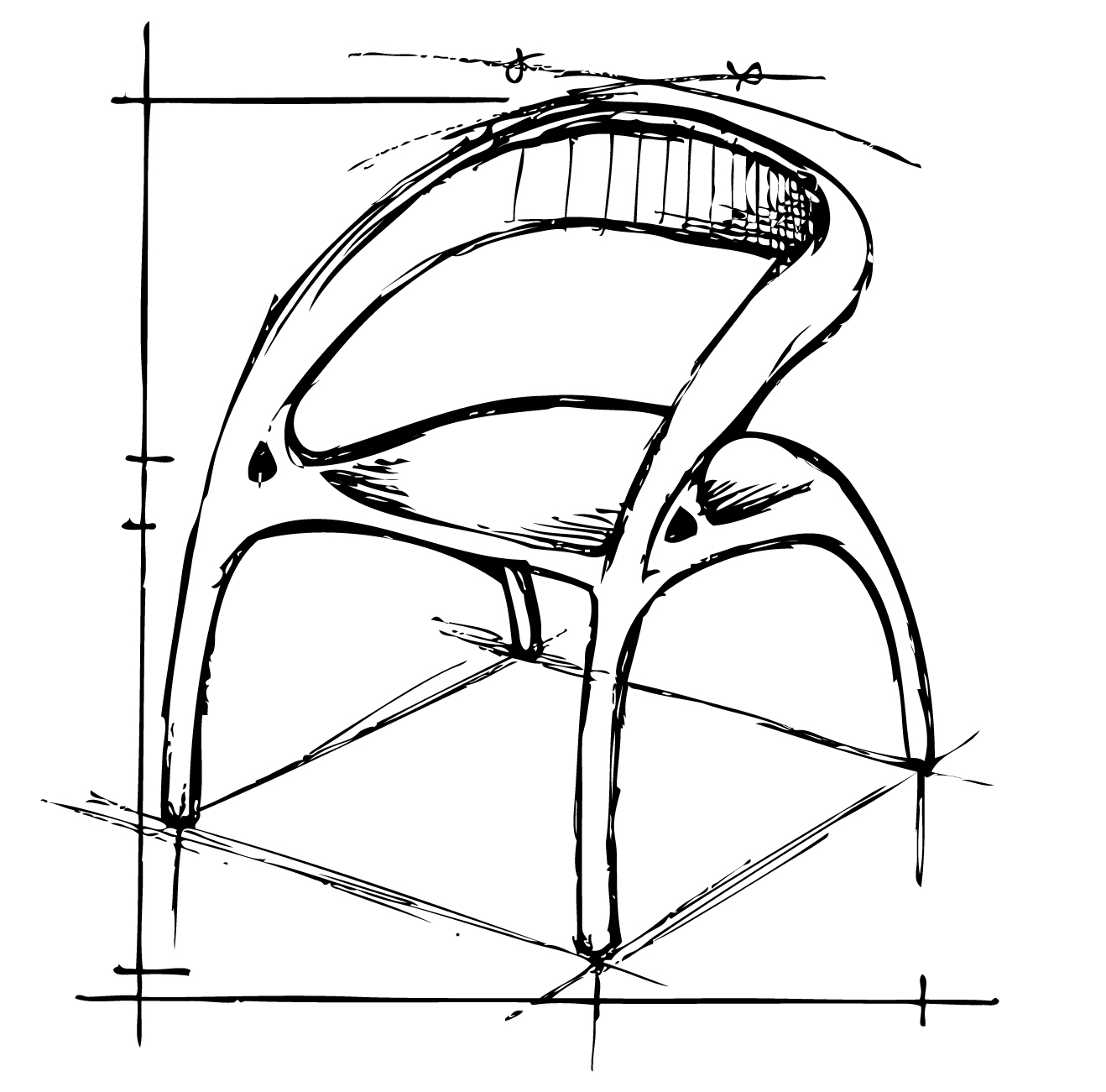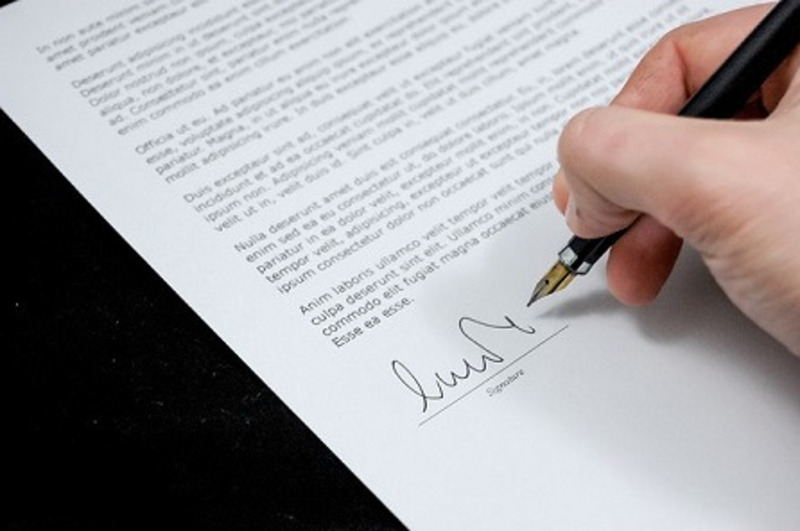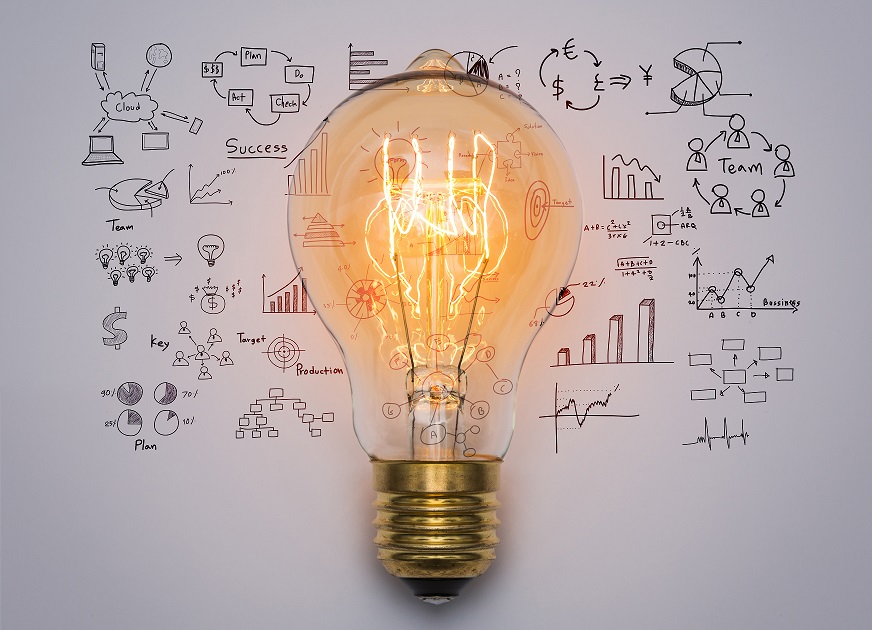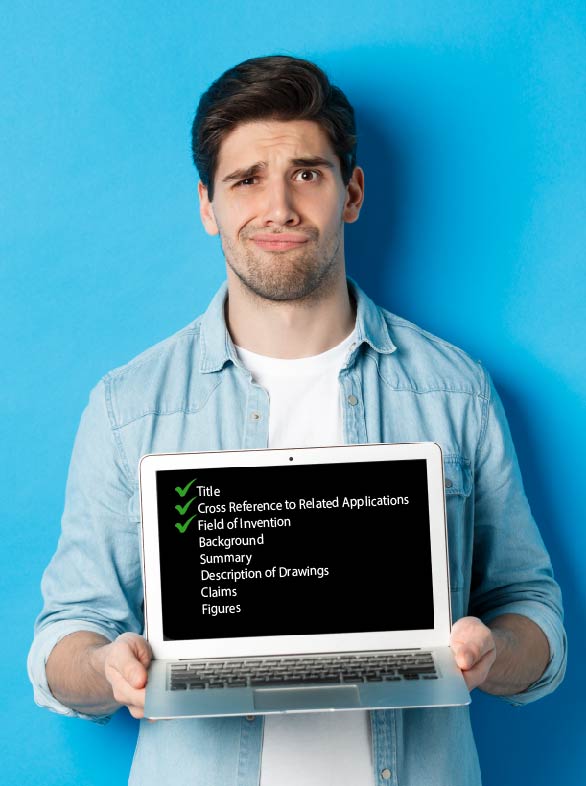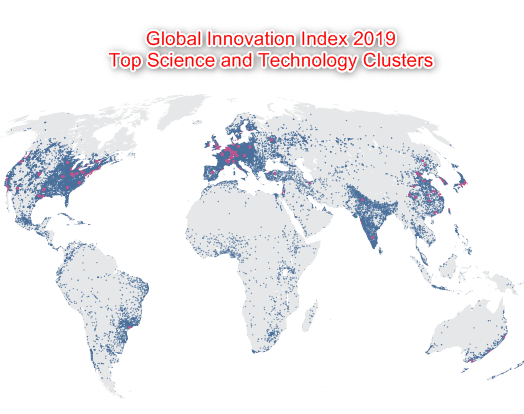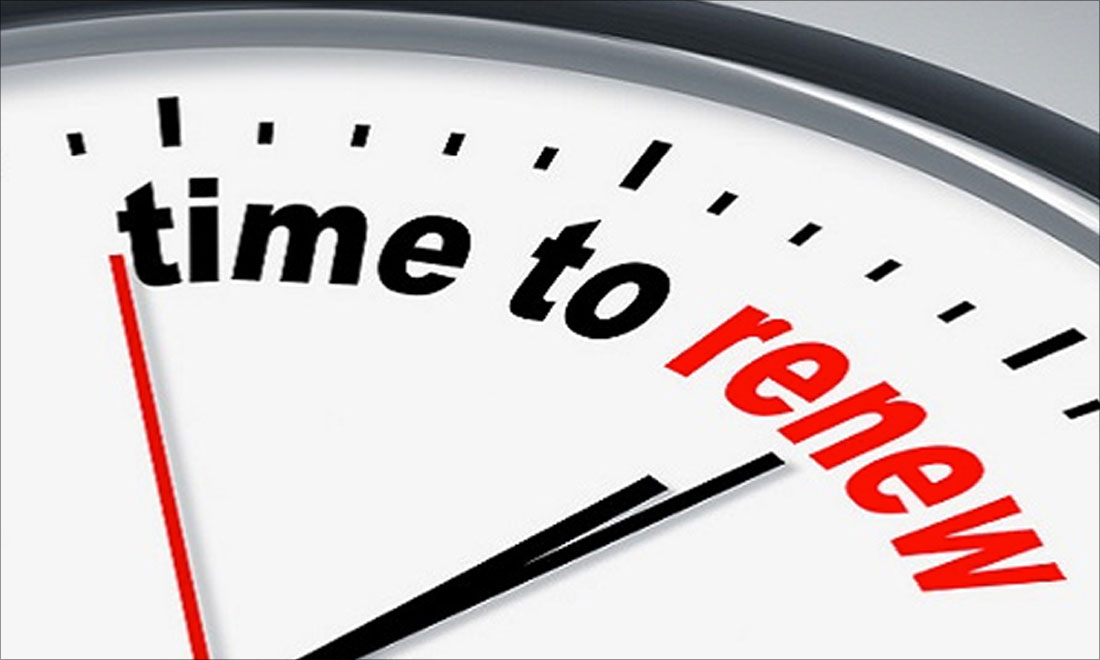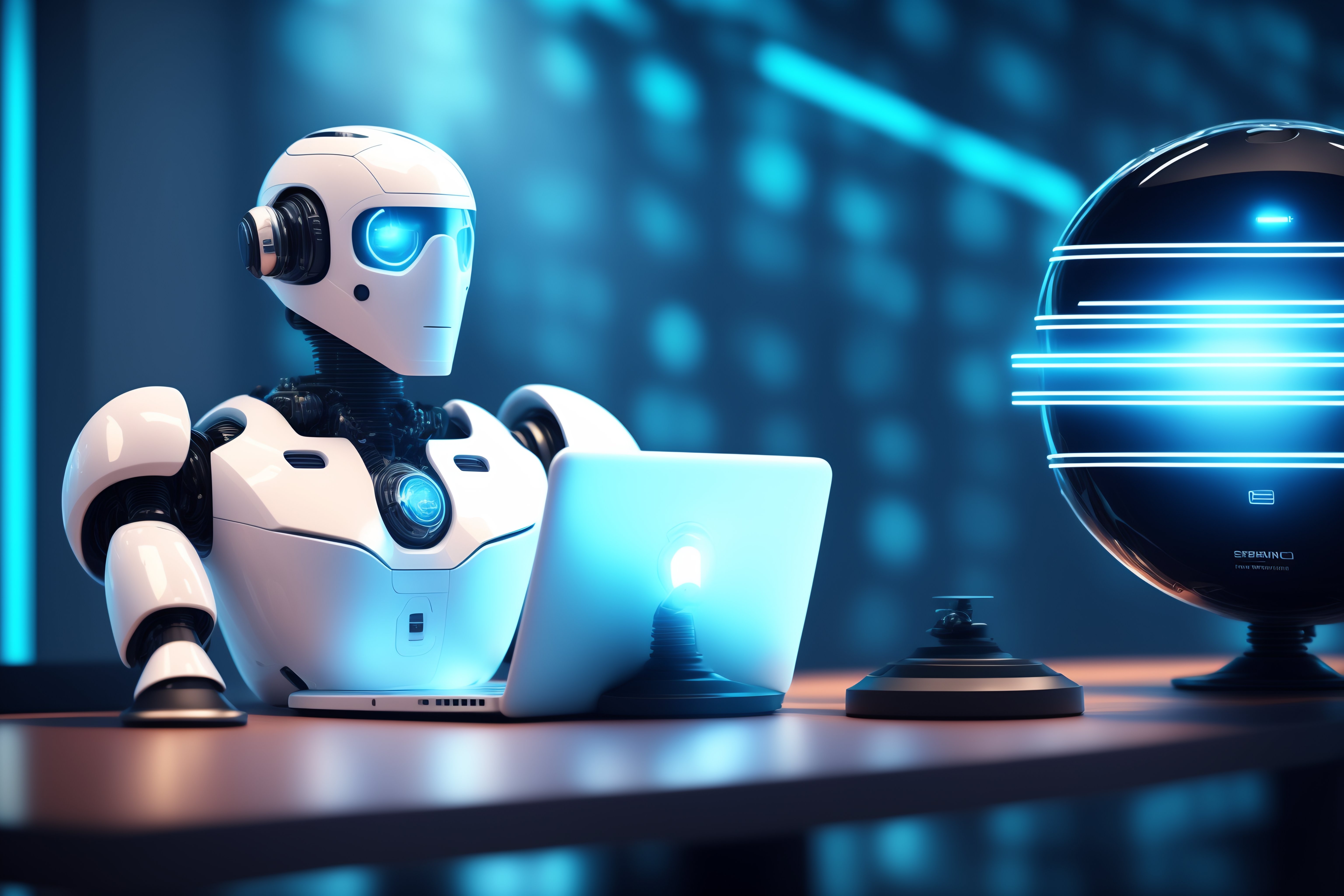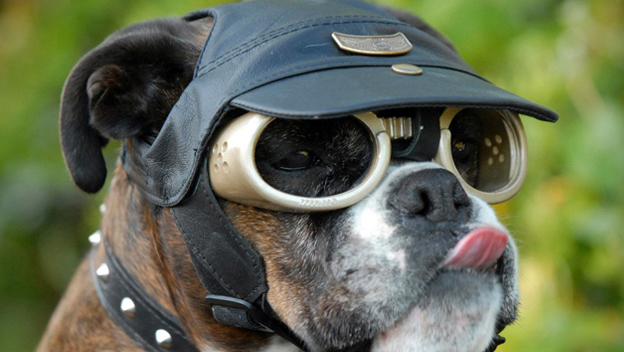
Who owns the IPR for AI creations?
If a design or idea is created by Artificial Intelligence, who owns the Intellectual Property Rights to it? Conversations around AI are becoming increasingly frequent since the term was first coined in 1956.
Back when Elvis Presley had a number one hit called Heartbreak Hotel in the US, in the UK 4 of the other greatest creative minds of the time, Jim McCarthy, Marvin Minsky, Nathaniel Rochester, and Claude Shannon, were introducing the world to a new concept of intelligence: Artificial Intelligence. They convened at Dartmouth college for an 8-week summer workshop, which was where John McCarthy first coined the term Artificial Intelligence.
Here were the goals they set out to achieve in their own words:
“We propose that a 2-month, 10-man study of artificial intelligence be carried out during the summer of 1956 at Dartmouth College in Hanover, New Hampshire. An attempt will be made to find how to make machines use language, form abstractions and concepts, solve kinds of problems now reserved for humans, and improve themselves. We think that a significant advance can be made in one or more of these problems if a carefully selected group of scientists work on it together for a summer.”
What is AI?
The Encyclopaedia Britannica states, “Artificial Intelligence (AI), the ability of a digital computer or computer-controlled robot to perform tasks commonly associated with intelligent beings.”
In essence, AI is a machine with the ability to solve problems that are usually solved by humans with our natural intelligence. A computer would demonstrate a form of intelligence when it learns how to improve itself by solving specific problems.
Here are the 7 original aspects of AI (1955)
- Simulating human brain
- Programming a machine so that it can use general language
- How can neurons be arranged hypothetically to form concepts
- Determining and measuring problem complexity
- Self-improving system
- Quality of dealing with ideas rather than events
- Randomness and creativity
So that’s what AI is and how it got started. The question however remains, who will own the IPR for all the wonderful things AI will create?
We are arguably very close to a time in the future where computers will have the same, if not more, intellectual capacity than humans.
The expected, and least controversial, solution, would be giving the IP rights to the humans involved in the process of creation. As these persons would be able to explain the creative processes used to create the output. However, there are many different arguments about who the real author should be, the algorithm, the end user who creates using the AI, the company involved, the investor, etc. What happens, however, if AI acts as a black box and the creative decision cannot be explained?
Then is the solution to grant this IP to the public domain? The public domain is comprise of works whose periods of protection has expired or works by unknown authors. A work can also fall in the public domain if the invention doesn’t meet the criteria for protection.
In most countries, if no human author can be identified for the work, no copyright will exist for it and it will therefore fall into the public domain. Although there may be copyright on the AI algorithm itself, as computer programs are protected by copyright, this is a separate work whose authorship (and ownership) is separate from the work it creates.
Under copyright law, for any literary, dramatic, musical or artistic work that is computer generated, the author shall be understood to be the person by whom the arrangements necessary for the creation of the work were undertaken. Determining authorship is necessary to define when the copyright protection period commences.
From a patent law perspective, the UK’s IP office recently updated its formalities manual to specify that an AI cannot be listed as an inventor of a patent in a patent application, as an AI is not a physical person. It went on to state that the failure to list a human person as an inventor will lead to withdrawal of the patent application under section 13.2 of the patents act 1977.
As this is such a fascinating topic, and regular updates and changes are expected, we will cover this topic again in future additions. If you have questions, please get directly in contact with the team at SHIP Global IP, who will be able to assist you personally. info@shipglobalip.com



